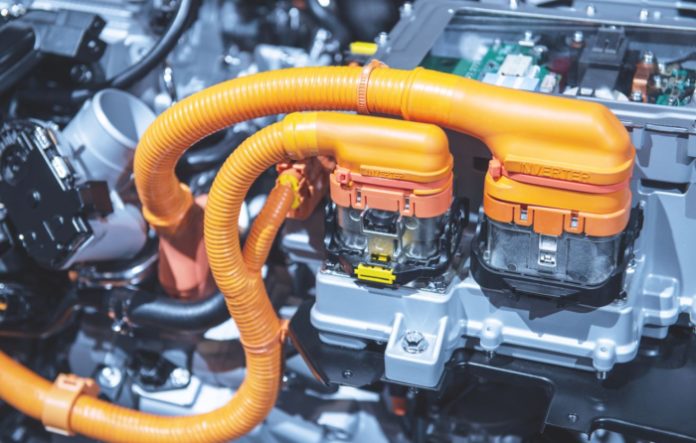As the development of vehicle electrification systems becomes more complex, there is a greater urgency to assess the impact that electric consumables have on internal combustion engine (ICE) and electric vehicle (EV) performance.“The Criticality of a Systems Approach to Today’s Propulsion Environment” roundtable talk at the 2021 WCX Digital Summit explored the challenges and tradeoffs. The panel included several notable executives familiar with the applications and management of electrification on battery and powertrain/propulsion systems. Here are some of the discussion highlights.
- The transition to electrification has opened the door to automotive innovation.
Systems engineering is a multidisciplinary approach that involves continually evaluating all operational stages to ensure a problem is solved effectively and efficiently. Panelist Mazen Hammoud, Director of Powertrain Strategy and Planning at Ford Motor Company, explained that while the systems approach has been applied to the powertrain in ICE vehicles, it’s mainly been for the purpose of minimizing waste and recouping energy that was otherwise lost. Today, however — with the advent of EVs — this method gives us the potential to start with a clean slate:
“With purpose-built electric vehicles, there’s an opportunity for system optimization,” he said. “So, the primary function is providing the transportation and the range for the battery, but at the same time, it’s providing the energy for climate control, and entertainment or safety systems. So it is a perfect opportunity for system engineering. The powertrain goes from being a standalone system that you optimize and then drop in the vehicle to a rolling chassis on which you build the top hat. It becomes a full vehicle optimization.”
- The whole is greater than the sum of its parts when it comes to vehicle engineering.
Stefan Koidl from Robert Bosch LLC explained that having excellent individual components within an electric vehicle powertrain doesn’t necessarily translate into success. “At the end of the day, it’s a product that we need to sell to the end customer,” he said. “And if we’re not looking at it from a complete systems point of view, we can have the best battery in the world from LG. We can have the best control module from Bosch. We can have the best autonomous system from Motional. But if it doesn’t all come together and include the requirements from the beginning, the proper integration — and at the end — the validation and certification, then we have great individual pieces, but not a great product. The system as a whole makes a great product.”
- Advancing a systems approach will require leadership buy-in.
LG Energy Solution Michigan President Denise Gray explained that moving the systems engineering approach from an idea to standard practice will likely require buy-in from decision-makers. She proposed the notion of a ‘chief systems officer’ … someone who recognizes the benefits of a balanced, flexible approach and understands the tools and processes that need to be in place.
“I go back to 30, maybe even 40 years ago when I first started. I was working in an organization and I was in the powertrain division,” she said. “And I remember when there was a software electronics position that was previously underneath the engine or underneath the transmission. And it was pulled out to become equal in that discussion. I really do think the organization made a big fundamental shift in how they approached the issues that we needed to work through because they made that area equal to the other components in the vehicle. When that happened, it really moved. And so I throw out that wild idea of a chief systems officer to provide the respect or equal voice stating that a systems approach is where we need to go.”
- Startup companies may be at an advantage when it comes to moving the systems approach forward.
According to Koidl, the clean-sheet approach is specific to startup companies that don’t have legacy vehicle platforms in place. There is more openness and less need to limit the design scope which can stand in the way of innovation and better solutions.
Gray concurred: “I think that’s what the startup company may have as an advantage. They’ve got that small-team, cross-functional, working-together-’till-11 o’clock approach, trying to figure this thing out. And that is one of the essential aspects of a systems approach and systems mentality — cross-functionally working together. We’re learning together and we’re going to come up with our solutions together. I would say, for small companies, be a startup company, be it a very mature company, it’s about creating that small tiger team. It’s essential to really move a systems approach.”









